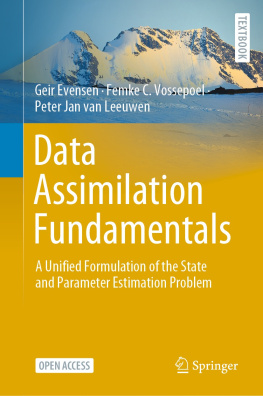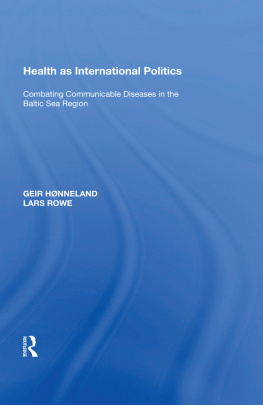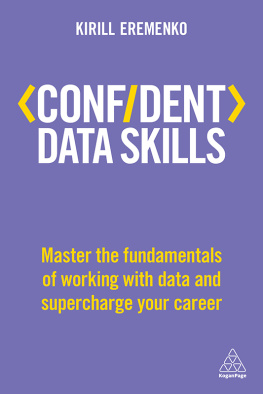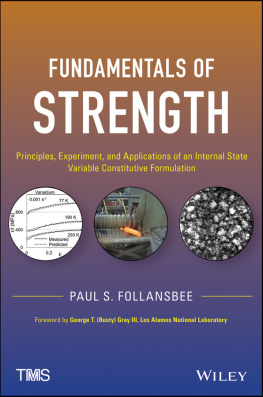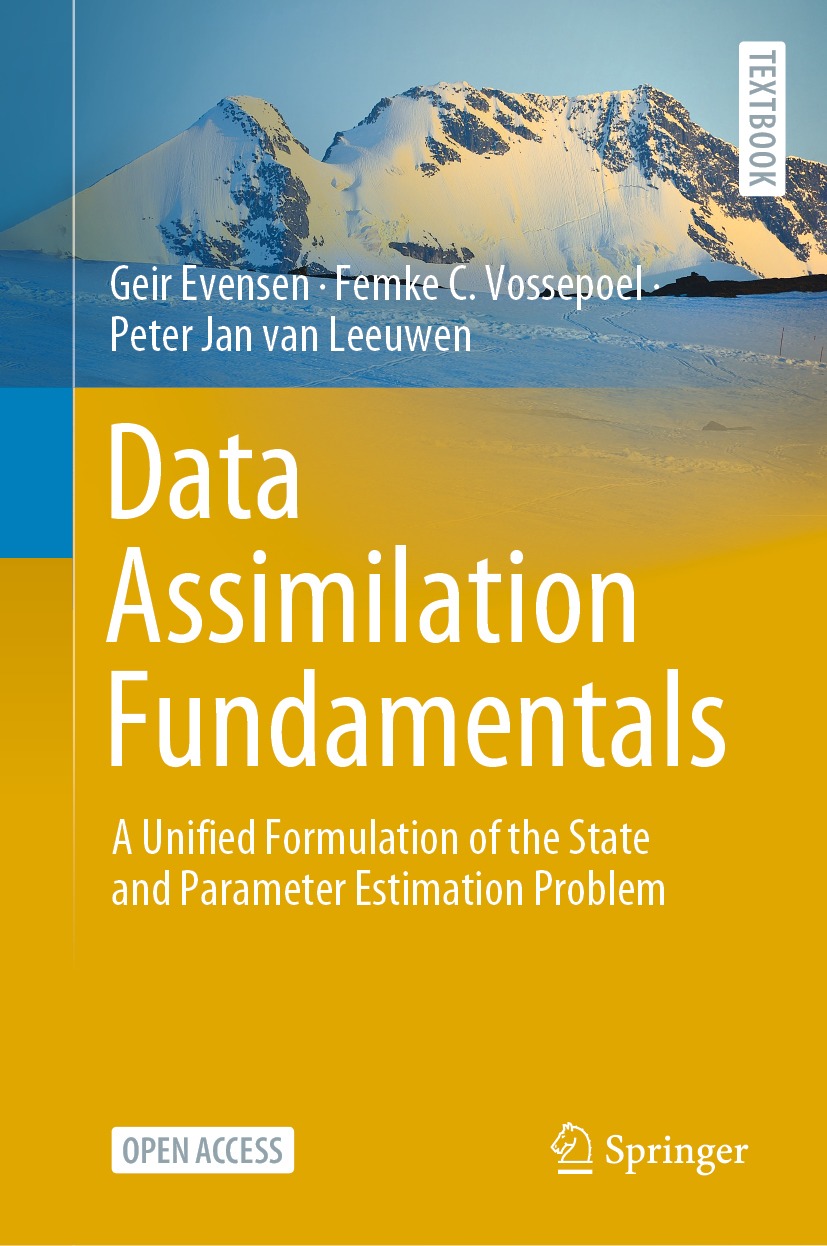Springer Textbooks in Earth Sciences, Geography and Environment
The Springer Textbooks series publishes a broad portfolio of textbooks on Earth Sciences, Geography and Environmental Science. Springer textbooks provide comprehensive introductions as well as in-depth knowledge for advanced studies. A clear, reader-friendly layout and features such as end-of-chapter summaries, work examples, exercises, and glossaries help the reader to access the subject. Springer textbooks are essential for students, researchers and applied scientists.
More information about this series at https://link.springer.com/bookseries/15201
Geir Evensen , Femke C. Vossepoel and Peter Jan van Leeuwen
Data Assimilation Fundamentals
A Unified Formulation of the State and Parameter Estimation Problem

Logo of the publisher
Geir Evensen
Energy, NORCE-Norwegian Research Center, Bergen, Norway
NERSC-Nansen Environmental and Remote Sensing Center, Bergen, Norway
Femke C. Vossepoel
Department of Geoscience and Engineering, Delft University of Technology, Delft, The Netherlands
Peter Jan van Leeuwen
Department of Amospheric Sciences, Colorado State University, Fort Collins, CO, USA
Department of Meteorology, University of Reading, Earley Gate, Reading, UK
ISSN 2510-1307 e-ISSN 2510-1315
Springer Textbooks in Earth Sciences, Geography and Environment
ISBN 978-3-030-96708-6 e-ISBN 978-3-030-96709-3
https://doi.org/10.1007/978-3-030-96709-3
The Editor(s) (if applicable) and The Author(s) 2022
This is open access book.
Open Access This book is licensed under the terms of the Creative Commons Attribution 4.0 International License ( http://creativecommons.org/licenses/by/4.0/ ), which permits use, sharing, adaptation, distribution and reproduction in any medium or format, as long as you give appropriate credit to the original author(s) and the source, provide a link to the Creative Commons license and indicate if changes were made.
The images or other third party material in this book are included in the book's Creative Commons license, unless indicated otherwise in a credit line to the material. If material is not included in the book's Creative Commons license and your intended use is not permitted by statutory regulation or exceeds the permitted use, you will need to obtain permission directly from the copyright holder.
The use of general descriptive names, registered names, trademarks, service marks, etc. in this publication does not imply, even in the absence of a specific statement, that such names are exempt from the relevant protective laws and regulations and therefore free for general use.
The publisher, the authors and the editors are safe to assume that the advice and information in this book are believed to be true and accurate at the date of publication. Neither the publisher nor the authors or the editors give a warranty, expressed or implied, with respect to the material contained herein or for any errors or omissions that may have been made. The publisher remains neutral with regard to jurisdictional claims in published maps and institutional affiliations.
This Springer imprint is published by the registered company Springer Nature Switzerland AG
The registered company address is: Gewerbestrasse 11, 6330 Cham, Switzerland
Preface
This book summarizes about 75 years of the authors accumulated experience within the formulation, development, and practical use of advanced data-assimilation methods. We realize that no available texts discuss the multitude of data-assimilation methods and problems in a unified manner and with a unified notation. Thus, we believe this book will serve as an essential resource for anyone working or planning to work in data assimilation.
We also believe this book is very suitable for an advanced course in data assimilation. The mathematical level is modest, and we explain all derivations in quite some detail. Furthermore, the book connects and gives a nearly complete overview and introduction to todays most popular data-assimilation methods.
Accompanied with the book, we are hosting a Github repository https://github.com/geirev/Data-Assimilation-Fundamentals . Here, we will place slides suitable for teaching the different chapters and include links to any YouTube video lectures. In addition, the repository allows for commenting and raising issues regarding the books content. Thus, we encourage readers to report any errors in grammar, equations, or the general discussion, by raising an issue at this repository. It is also possible to have general discussions on the books topics here.
During the work with this text, Geir Evensen received support from the Research Council of Norway and the companies AkerBP, Wintershall--DEA, Vr Energy, Petrobras, Equinor, Lundin, and Neptune Energy, through the Petromaks2 DIGIRES research project (280473) ( http://digires.no ). He is grateful to all his data-assimilation colleagues at NORCE and NERSC in Bergen and his international collaborators. They have contributed to a long and flourishing journey within the data-assimilation research field.
Femke Vossepoel was supported by a Delft Technology Fellowship of the Delft University of Technology. She is thankful to the colleagues in her data-assimilation group in the Geoscience and Engineering department of the Delft University of Technology for many fruitful discussions, particularly to Arundhuti Banerjee for her contribution to Chap.. She thanks her international collaborators in data assimilation for open and inclusive dialogues.
Peter Jan van Leeuwen was supported via an Advanced Investigator Grant from the European Research Council via the CUNDA project. He is highly grateful for all teachings from other members of the Data Assimilation Research Center (DARC) at the University of Reading, UK, his new data-assimilation group at Colorado State University, and many colleagues from all over the world.
In present-day science, where, unfortunately, harsh competition and favoritism are gaining ground, the data-assimilation community is mature and open to controversial ideas and reflective discussions, which is a true blessing.
Geir Evensen
Femke C. Vossepoel
Peter Jan van Leeuwen
Bergen, Norway Delft, The Netherlands Fort Collins, USA
December 2021
Symbols
Greek Symbols

Step lengths in ESMDA Eq. ()

Constant in the Lorenz (1963) model Eq. ()


